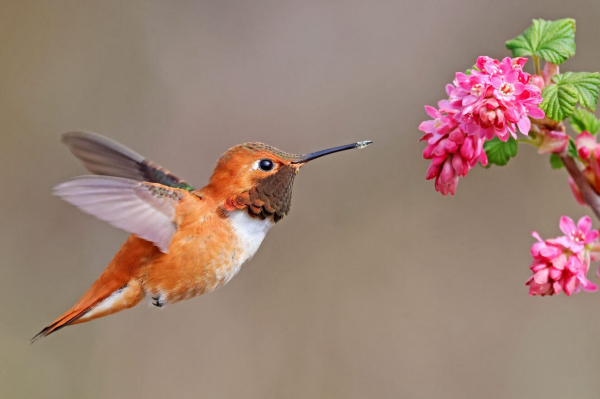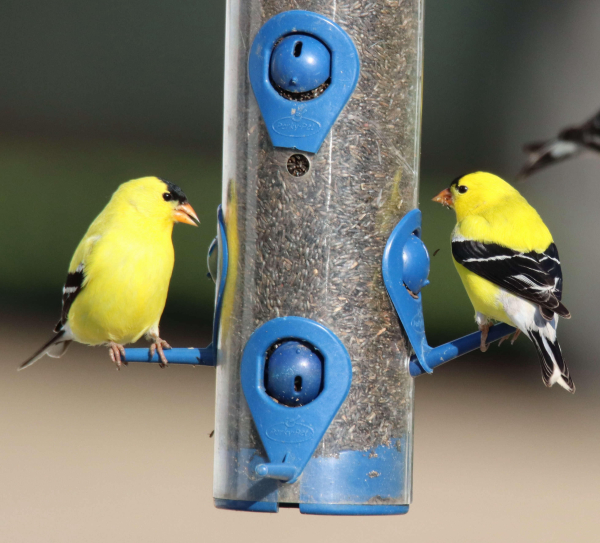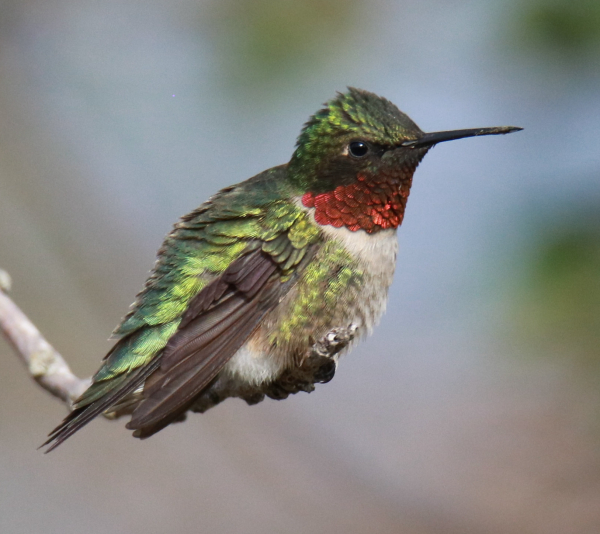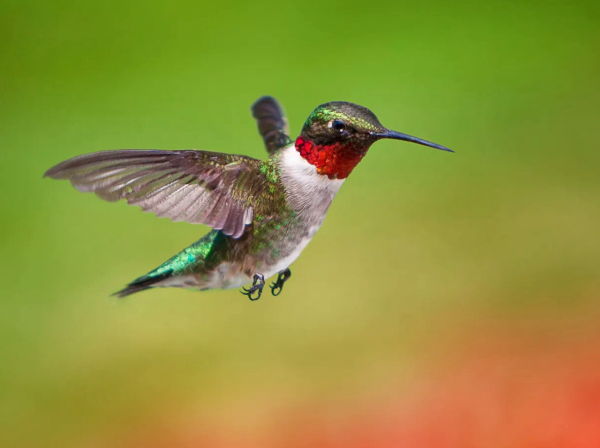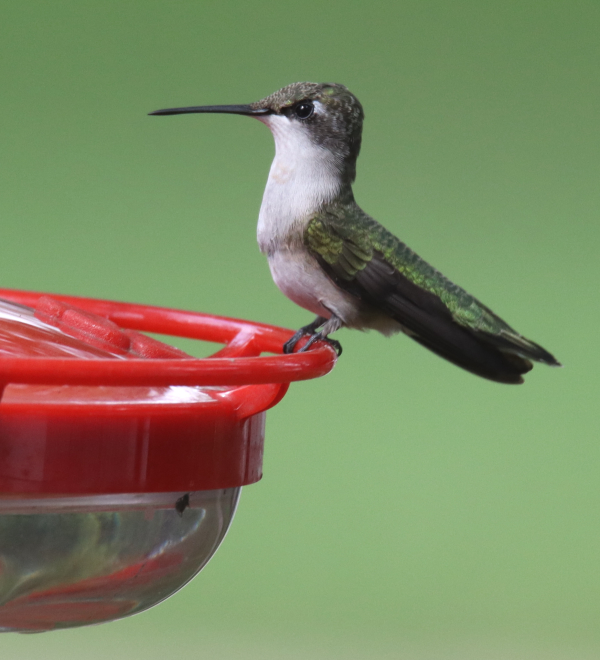Hummingbirds & Orioles are Migrating North
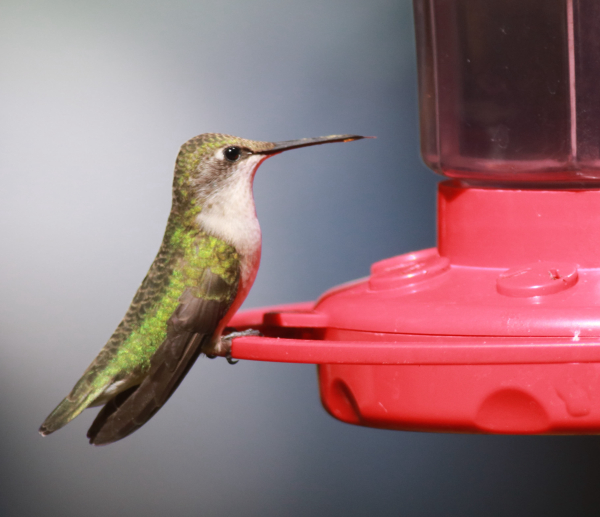
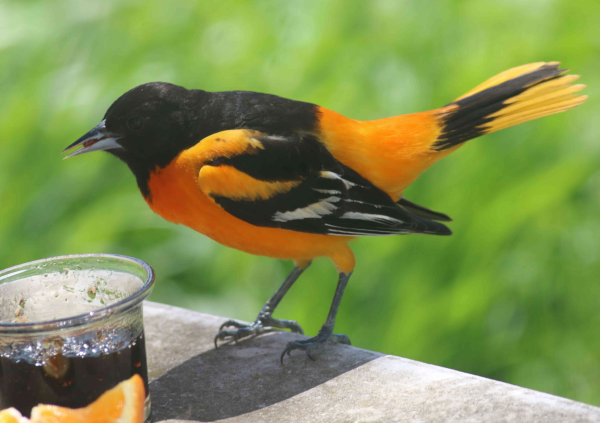
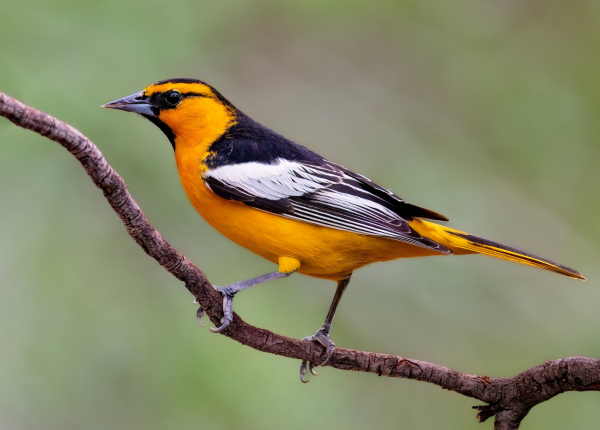
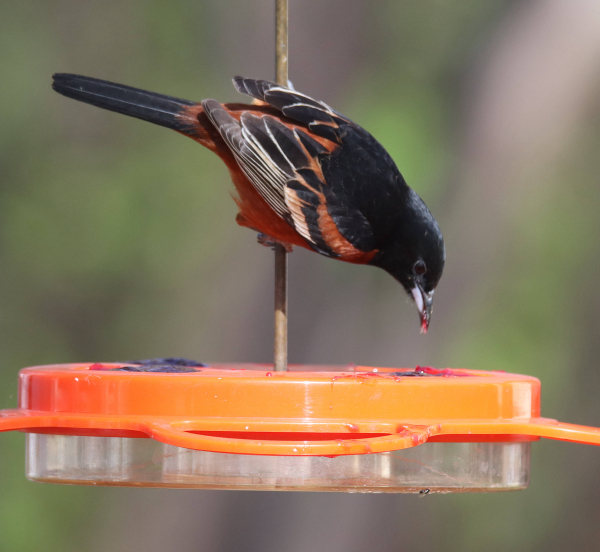
Soon, sometime in the next month the migratory species of hummingbirds and orioles will arrive for all of us to enjoy and appreciate for days or weeks or months ahead. How can you entice them to stay longer while benefiting these birds in a big way during their long migration north? By providing much-needed high-calorie foods and fresh water, which should keep them in your yard and neighborhood a little longer. In fact, some orioles and hummingbirds may even be encouraged to stay and nest in your area if they find a trusted source of food and water at your feeding station.
Without question, these 2 groups of birds – hummingbirds & orioles – are among the favorite birds that visit our yards and feeding stations, and they are among the most colorful and most engaging birds that make their way north – always a sure sign of the peak period of spring migration. Of course, south Texas birders have been feeding non-migratory Altamira Orioles throughout the winter, and the other orioles found in the Southwest are arriving, namely Hooded Orioles, along with Bullock’s Orioles and Scott’s Orioles that are on their way north to arrive at western habitats and feeding stations. To the east, the ever-popular Baltimore Orioles and the sometimes less obvious Orchard Orioles will be migrating into yards and visiting feeders from the Great Plains to the Atlantic Coast.
May feeder visits can also lead into the nesting season for orioles and hummers. We truly believe that since we began providing grape jelly for orioles, we have short-stopped some Baltimore Orioles and Orchard Orioles to pair and nest in our neighborhood, and we have provided high-caloric foods and fresh water to tens of other orioles that were determined to continue their migration north.
Seriously, there were no Baltimore Orioles to be found during June or July in our area, but now we know there are 2 or 3 or more pairs nesting here each summer, along with a like number of Orchard Oriole pairs, plus a few pre-nesting yearlings. That’s a lot of orioles added to our yard throughout the summer months, but during middle and late May, we see a dozen and more orioles at a time, which probably translates into many more, perhaps twice as many that stop by during a good May day migration stopover. It obviously makes the activity level at our feeding station dramatic and colorful – but non-existent without the secret ingredient – Grape Jelly!
Really though, orioles are known to feed on cut oranges, usually offered as orange halves; sugar-water nectar, just the same as offered to hummingbirds; fresh water, and grape jelly. That may be true for some orioles in some locations, but the orioles that visit our feeding station don’t feed on sugar-water provided in an oriole feeder that has larger feeding holes than those provided in most hummingbird feeders. Our orioles also rarely bother with eating orange fruit, but we believe that orange halves are paramount to attract orioles initially, and perhaps for them to re-locate the feeding station. There is no question that orioles are attracted to orange color, and that’s why specialized oriole feeders are colored orange. Oriole feeders have become more and more popular among birders, and now they are widely available in many different designs from birding specialty stores, websites, hardware stores, department stores, and other outlets.
Hummingbirds Are Easy
Many birders living or wintering across states from California to Texas have enjoyed hummingbirds visiting their feeders and flower gardens for months, potentially attracting Anna’s Hummingbird, Allen’s, Costa’s, Buff-bellied, or other species of hummingbirds. But birders in the eastern half of the country await the arrival of Ruby-throated Hummingbirds, as do western birders who are anxious to see the first Rufous, Calliope, Broad-tailed, and Black-chinned Hummingbirds. It’s always exciting to see the first hummingbird arrive, and to enjoy the arrival of others.
Hummingbirds are easy to attract because they feed on one thing sugar-based nectar, which they get from flowers, and from the standard sugar-and-water mixture of feeder nectar. The standard for hummingbirds is to mix white cane sugar in 1 part with 4 parts of water. We use a whiskey shot glass to mix the ingredients, minus the whiskey, and keep it as fresh as possible, cleaning the feeder thoroughly each time it is refilled with a fresh nectar mix.
Most hummingbird feeders are colored red, the primarily color that hummingbirds are attracted to. Hummingbirds’ attraction to red objects is based on the fact that red flowers produce the highest level of sugar, at about the same 1-to-4 ratio as we mix to fill our hummingbird feeders.
The sugar-to-water ratio is also based on the fact that if you cheat a little, and reduce the amount of water in the mixture, it won’t hurt the hummingbirds, but their ingestion of a higher ratio of sugar will reduce the number of times they visit your feeder, and that’s important too. Moral of the story: It’s best to keep the tried and true 1-to-4 ratio of white cane sugar to 4 parts water (but never use brown sugar or honey instead of white cane sugar).
P.S. Because red flowers produce the highest level of sugar, hummingbirds seek out red flowers – an important tip for when you are planting or buying flowering plants.
What fun it is when these exciting groups of birds arrive – the hummingbirds and orioles! Keep them happy and healthy by keeping your hummingbird feeder clean and filled with fresh sugar-water nectar, and the same goes for your oriole feeder – keep plenty of grape jelly and oranges on hand, and keep your feeder well-stocked and clean. And definitely enjoy the parade of new birds that visit your feeding station in coming weeks!
Share your backyard birding experiences and photographs with The Birding Wire at editorstbw2@gmail.com



